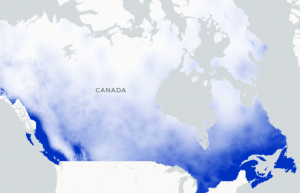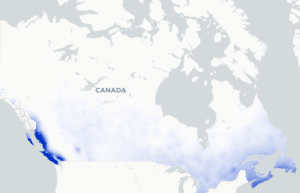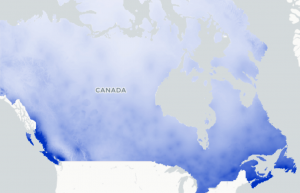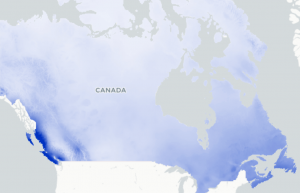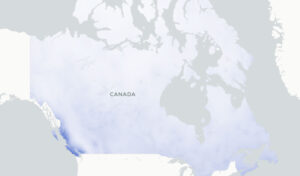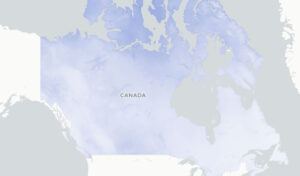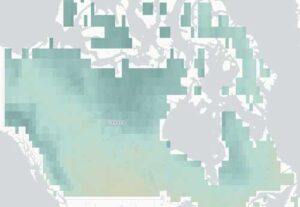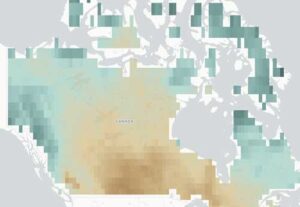The Standardised Precipitation Evapotranspiration Index (SPEI) is a drought index based on the difference between precipitation (P) and potential evapotranspiration (PET). Negative (positive) values indicate water deficit (surplus).
SPEI-3 describes the SPEI of the month selected from the drop-down menu and the previous 2 months. For example, to look at SPEI values for the summer (June, July and August), select August from the drop-down menu. The SPEI values displayed will be for August, July and June.
Drought can occur on a variety or timescales and impacts will depend on how widespread and how long-lived a drought is. Drought affects water availability, which is of particular importance to agriculture and hydro-electricity production.
Use the Variable menu option to view any 3-month period for this index. Remember to select the final month of your chosen 3-month period in the drop-down menu.


